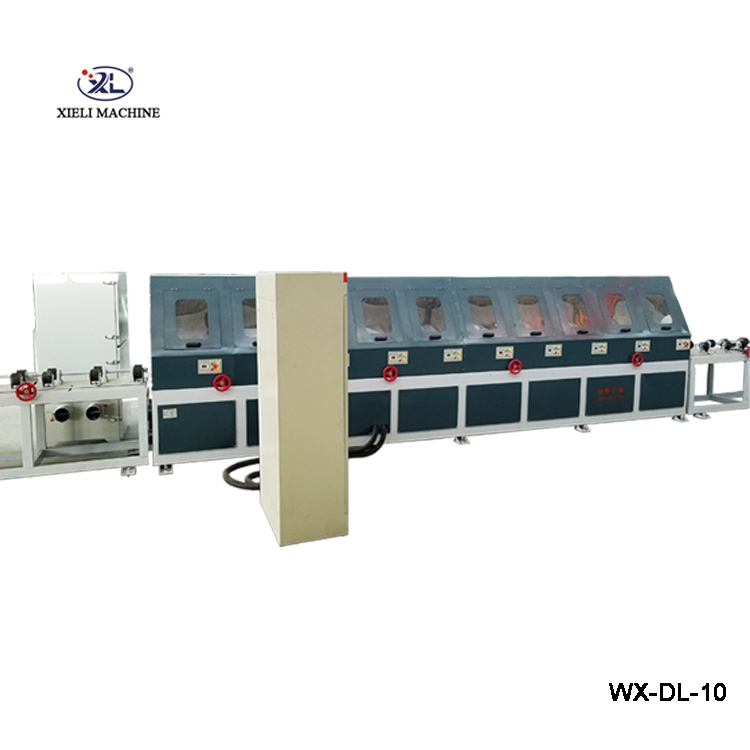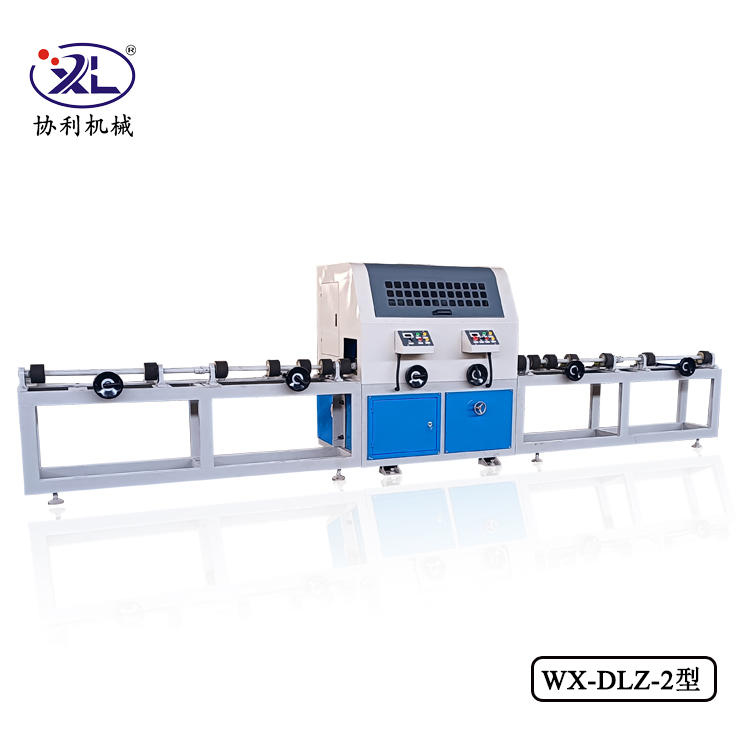Understanding the Cost of Centerless Grinder Manufacturers
Centerless grinding is a crucial machining process that allows for the precise and efficient shaping of materials, particularly in the manufacturing of cylindrical parts. As industries continue to evolve, the demand for high-quality centerless grinders has significantly increased. However, a key concern for manufacturers and businesses is the cost associated with these machines. This article delves into the various components that influence the cost of centerless grinder manufacturers and what businesses should consider when investing in these critical machines.
The Basics of Centerless Grinding
Before we explore costs, it's essential to understand what centerless grinding is. Unlike traditional grinding methods, centerless grinding does not require the workpiece to be mounted between centers or chucked. Instead, the workpiece is held in place by a combination of grinding wheels and support rolls. This setup allows for continuous material removal and is particularly beneficial for high-volume production runs.
Factors Influencing the Cost of Centerless Grinders
1. Type of Grinder There are different types of centerless grinders, including infeed and through-feed models. Infeed grinders are often more versatile and suitable for various workpiece shapes, while through-feed grinders are more suitable for high-volume production of cylindrical parts. The type of machine significantly affects the cost, with more complex models generally commanding higher prices.
2. Quality and Precision The precision level of a centerless grinder is paramount. Machines with higher accuracy and tighter tolerances typically come at a premium. Manufacturers must consider the level of precision necessary for their operations and balance that with budget constraints.
3. Brand Reputation Established manufacturers known for their reliability and support services often charge more for their machines. However, investing in reputable brands may lead to long-term savings due to reduced maintenance costs and increased machine lifespan.
centerless grinder cost manufacturers

4. Customization and Automation In today's competitive landscape, many manufacturers seek custom features or automated solutions to enhance productivity. Customized machines with advanced features such as programmable controls or integrated measurement systems can significantly increase the overall cost.
5. Maintenance and After-Sales Support The total cost of ownership extends beyond the initial purchase price. Regular maintenance, potential repairs, and the quality of after-sales support are crucial factors to consider. Machines that require less frequent maintenance may, in the long run, save money and ensure smoother operations.
6. Market Trends and Economic Factors Like any industry, the cost of centerless grinders can be influenced by broader economic trends—economic downturns, fluctuations in raw material costs, and availability of skilled labor can all impact pricing. Keeping an eye on these factors can provide insights into when to invest in new machinery.
Cost Estimates
While the price of centerless grinders can vary widely based on the factors mentioned, typical costs can range from $20,000 to over $100,000. Entry-level machines may be available at lower prices, but businesses must carefully evaluate their capabilities and limitations. It's essential to conduct thorough research and request quotes from multiple manufacturers to ensure competitive pricing for the desired specifications.
Conclusion
Investing in a centerless grinder is a significant commitment for any manufacturing business. Understanding the myriad factors that influence costs—from machine type and quality to maintenance and economic conditions—will enable companies to make informed decisions. By evaluating both initial costs and long-term benefits, businesses can find the right centerless grinder that meets their needs and enhances productivity in their operations. Regardless of the choice, the proper machine can significantly impact a manufacturer’s efficiency and product quality, making this investment a strategic priority.





